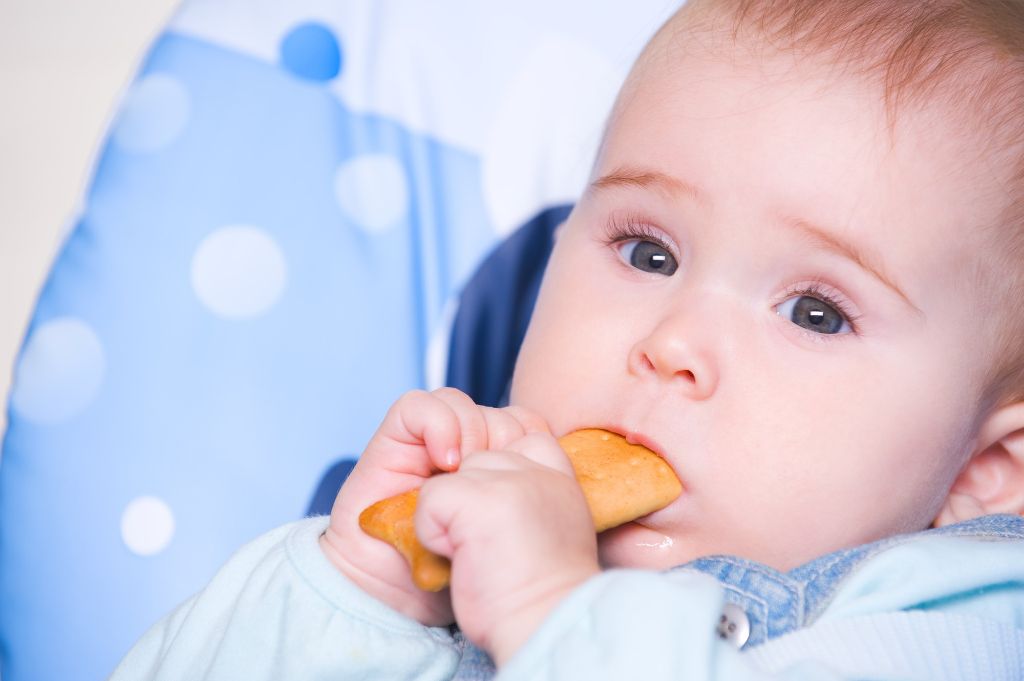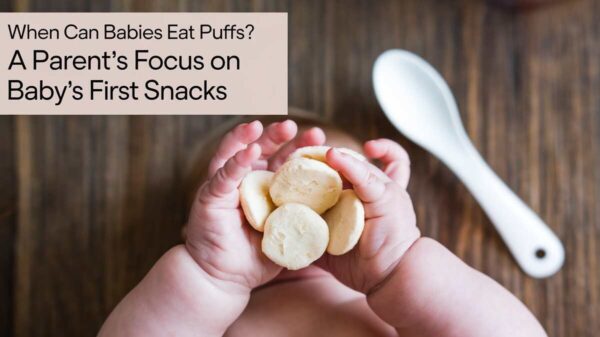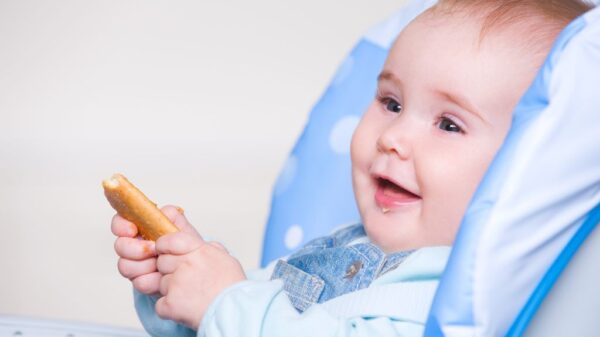As parents eagerly await their baby’s journey into solid foods, a common question arises: When can babies eat puffs? The transition from milk to solids is an exciting milestone filled with exploration, new flavors, and skill development. Introducing finger foods like puffs diversifies your baby’s diet and fosters independence and fine motor skills. This guide covers everything you need to know about introducing puffs, when babies can eat puffs, including puffs from the right time to creating a positive mealtime experience.
The Journey to Solid Foods
Understanding the Importance
Transitioning to solid foods is a crucial step in your baby’s development. While milk remains essential for nutrition, introducing solids allows babies to explore various tastes and textures. This transition supports growth and lays the foundation for healthy eating habits in the future.
Signs Your Baby is Ready for Solids
Before introducing finger foods, ensuring your baby is developmentally ready is essential. Look for these key signs:
- Reasonable head control: Your baby can hold their head steady without support.
- Sitting upright: They can sit with minimal assistance, ensuring safe swallowing.
- Interest in food: They show curiosity about what you’re eating, possibly reaching for your plate.
- Reduced tongue-thrust reflex: The reflex that pushes food out of their mouth has diminished, allowing them to keep food inside.
Exploring Finger Foods
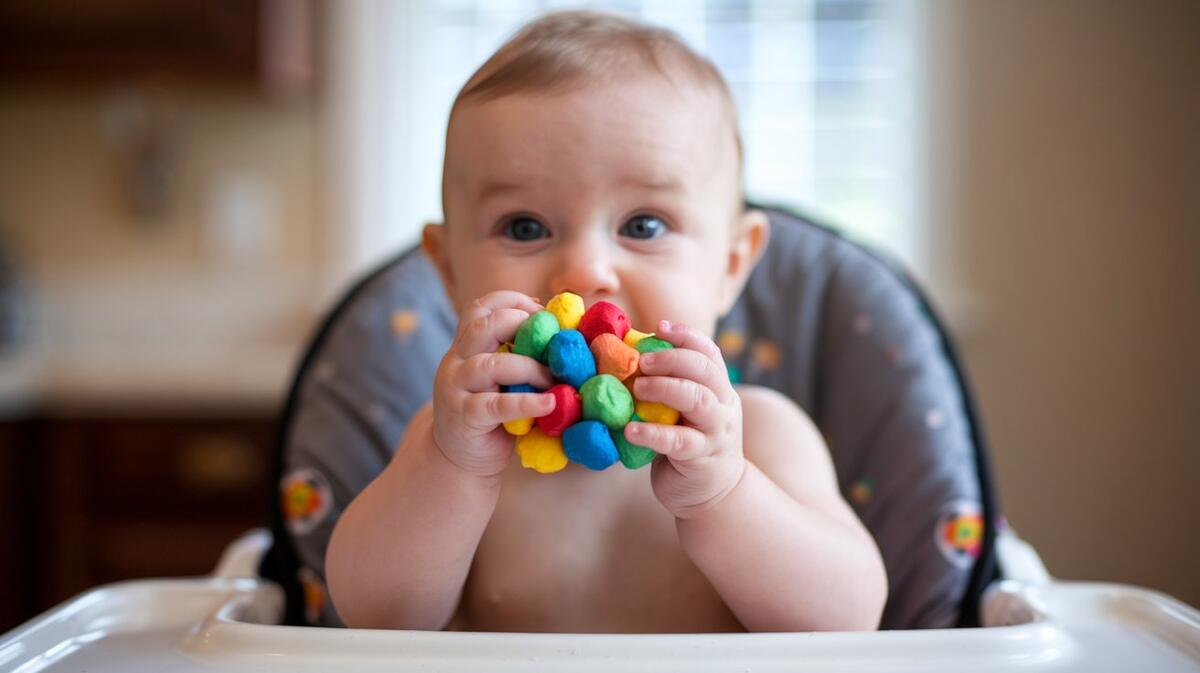
The Benefits of Self-Feeding
Self-feeding encourages independence, enhances fine motor skills, and helps babies develop a positive relationship with food. While it may get messy, this hands-on approach is valuable to their growth.
Why Baby Puffs?
Baby puffs are ideal first-finger food because they liquefy fast in the mouth, lowering the chance of choking. These small, bite-sized snacks are easy to grasp, making them perfect for practicing the pincer grasp, which involves utilizing the thumb and forefinger to choose objects.
When Can Babies Eat Puffs?
1. Recommended Age
Most pediatricians recommend introducing puffs around 8 to 10 months of age. At this stage, babies typically have the motor skills to pick up small objects and bring them to their mouths.
2. Developmental Milestones
Before offering puffs, ensure your baby can:
- Sit independently without support.
- Use the pincer grasp to pick up small items.
- Show signs of chewing, even if they don’t have teeth yet.
Choosing the Right Puffs
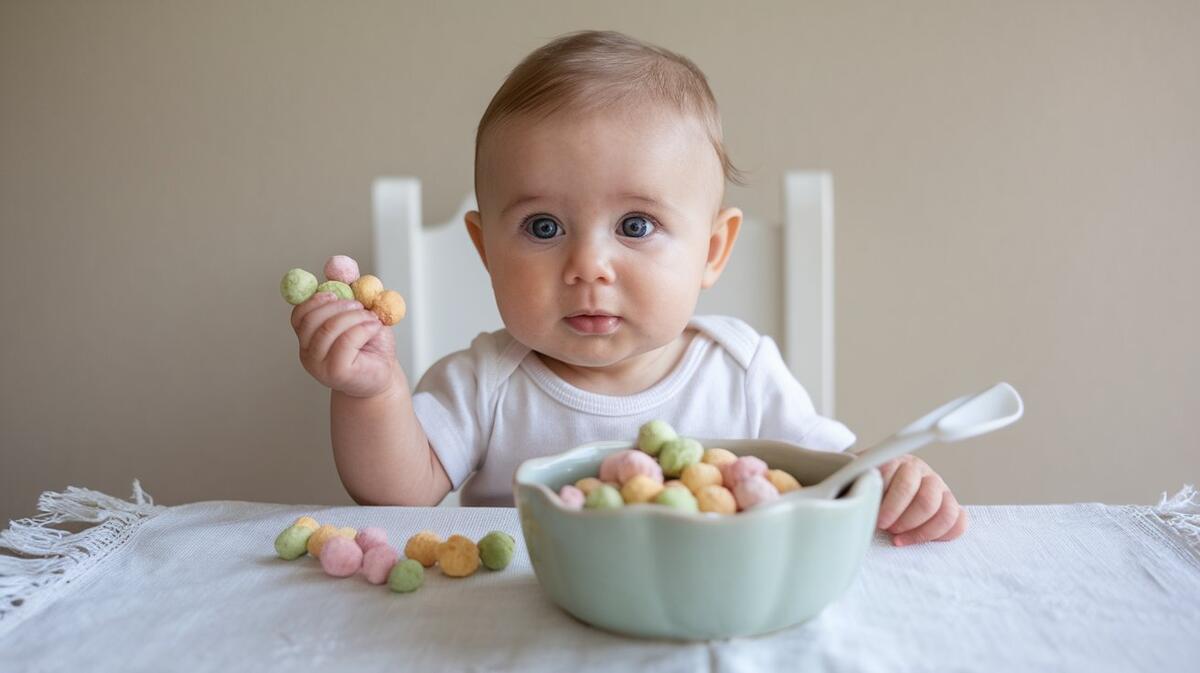
1. Nutritional Considerations
When selecting baby puffs, look for options made from:
- Whole grains for added fiber and nutrition.
- Minimal additives like artificial colors or sweeteners.
- Fortified vitamins and minerals to support growth.
- Opt for organic puffs when possible, and always check ingredient labels for allergens.
2. Avoiding Common Allergens
Introduce puffs with caution if they contain potential allergens like dairy, wheat, or soy. To minimize risks:
- Offer one new food at a time.
- Monitor your baby for reactions such as rash, vomiting, or unusual fussiness.
Preparing for Puff Time
1. Safety Measures
- Always seat your baby well in a high chair during meals.
- Supervise them closely to prevent choking.
- Offer small quantities to start and ensure puffs are placed within easy reach.
2. Creating a Positive Mealtime Environment
- Choose a distraction-free space to help your baby focus on eating.
- Encourage exploration by letting your baby touch, feel, and pick up the puffs.
- Keep the atmosphere relaxed and enjoyable.
The Puff-Introduction Process
1. Start Small
Begin with a few puffs placed on the high chair tray. Let your baby explore at their own pace. The goal is to familiarize them with the texture and process of self-feeding.
2. Monitor for Reactions
As with any new food, observe your baby for allergic reactions or sensitivities. Common symptoms include:
- Skin rash
- Vomiting or diarrhea
- Difficulty breathing (seek immediate medical attention in this case)
Making Mealtime Fun and Engaging
1. Play with Colors and Shapes
Baby puffs come in a variety of colors and shapes. Use these features to make mealtime visually appealing and stimulating for your baby.
2. Encourage Independence
Let your baby grab the lead during mealtime. While it might get messy, this phase is essential for building confidence and independence.
Conclusion
Introducing puffs is an exciting step in your baby’s journey to solid foods. By waiting until they show developmental readiness, choosing nutritious options, and creating a safe, enjoyable environment, you set the stage for a positive mealtime experience. When Can Babies Eat Puffs? Every baby is unique, so pay attention to their cues and progress at their own pace. Cherish this unique phase of growth and discovery as your little one explores the world of self-feeding and new flavors.

